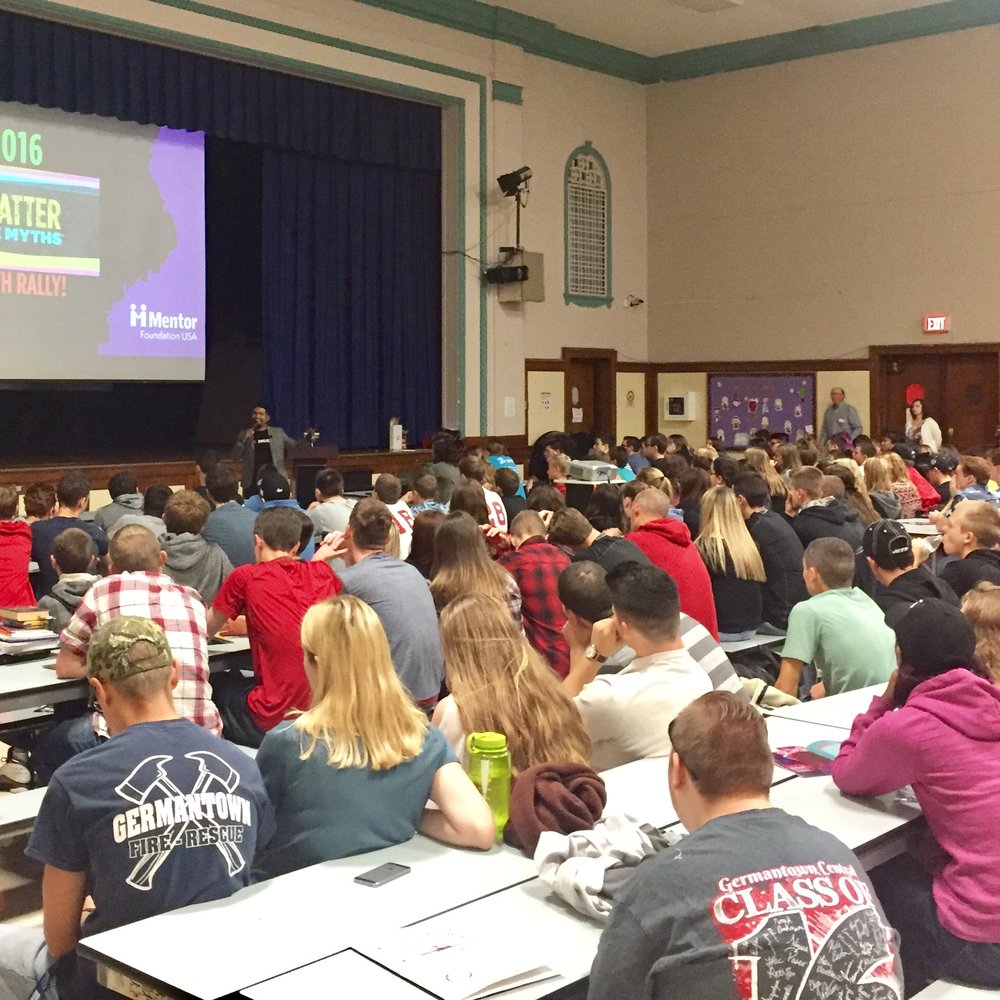
With a return rate of 75%, a total of 377 students participated in this survey which was designed by our research partner, Dr. Doug Evans at George Washington University and approved by an independent research board. At Ichabod Crane and Taconic Hills we surveyed 9th graders and at Germantown students in 9th – 12th grade took the survey. Here’s what the pre-program data is telling us.
The highest self-reported drug use was for prescription (i.e. OxyContin) drugs. Beliefs and self-reported behaviors for those types of drugs, as well as marijuana, suggested they were more prevalent and kids had more accepting attitudes than for other drugs. Students were also asked the biggest triggers leading to personal drug use or experimentation. Some triggers students identified were: Academic Stress, Boredom, Family Stress, Bullying, and Self-medicating. Our data informed us that the top triggers are: Peer Pressure, Bullying, and Family Stress.
When asked to provide information regarding specific drugs used and the number of days used, during the past 30 days we discovered that some students were engaging in drugs at least once. Sedatives, Chewing Tobacco, Marijuana, and OxyContin were the drugs most used. Hallucinogens (Ecstasy, LSD), Chewing tobacco, and cigarettes were the drugs most used for more than 10 days.
Lastly, we asked students to share anything they felt their school and/or community should know about drugs. Over 50% of students admitted to seeing drugs being done at school. The locker room (no cameras) and bathroom were major areas for drug activity. Additionally, students confirmed that drugs are being used on school property during after-school hours. In some instances, students admitted to having knowledge of drugs being sold at school. The most heartbreaking comment came from a student who admitted to currently being addicted to drugs. All responses were anonymous.
In sharing this information with each school served we hope it will be instrumental in that guiding school efforts around substance abuse prevention and intervention.
Shatter the Myths is an innovative peer-to-peer interactive drug prevention program. The program is designed to dispel the myths surrounding drug abuse and provide youth a platform to speak up and out against drugs. By focusing on the innate talents and strengths that young people already have, they become their biggest advocates for staying drug–free.
The Shatter the Myths program is developed by Mentor Foundation USA. The data-collection and research is overseen by George Washington University. The program is funded by the Rip Van Winkle Foundation, The Conrad N. Hilton Foundation, the Columbia County Community Healthcare Consortium, and the Hudson River Bank & Trust Company Foundation.
By: Michelle Smith